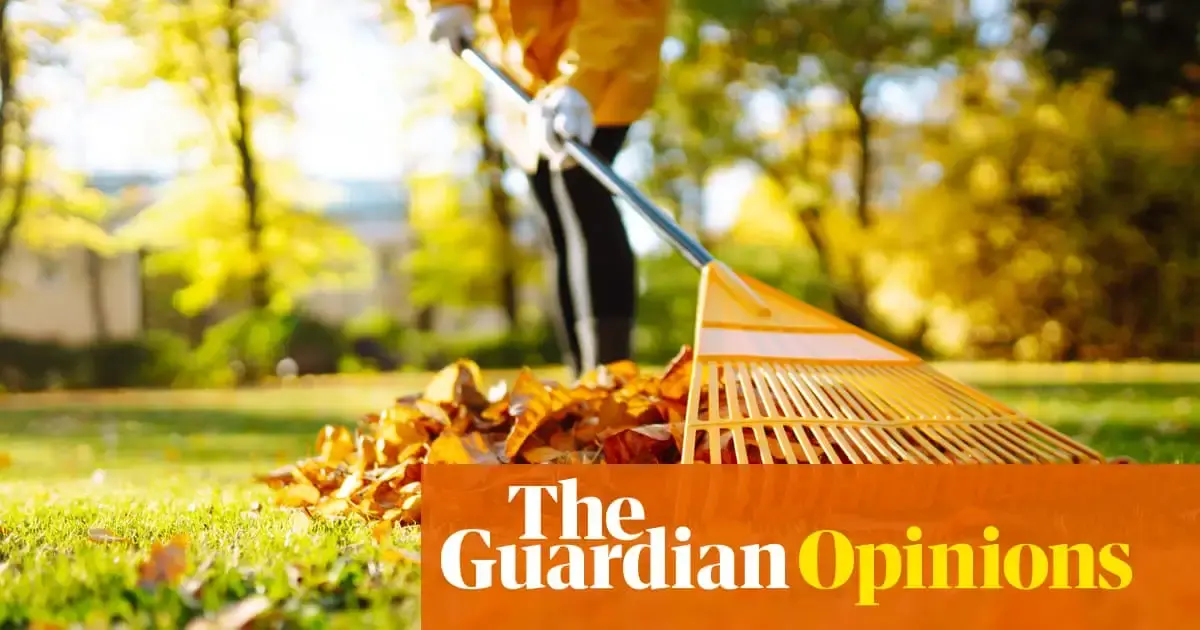Some choice quotes from the article:
[S]pent leaves that flutter to the ground aren’t a waste product. They are rich in carbon and play an essential role for the tree and the ecology it supports.
The leaves act as a physical barrier for soil, keeping it and its many microbes insulated, and also for the tree roots, as the wet mats of autumn leaves shelter the fragile top layer from the drying winds.
Many, many things live in these dead leaf layers: caterpillars of moths and butterflies, their chrysalises, beetles, centipedes, springtails, woodlice and spiders … and doesn’t the blackbird know it, rustling through the leaves?
No one loves wet autumn leaves more than earthworms, though. Sensing one of their favourite things, they start to work on incorporating them into the soil. Earthworms line their homes with autumn leaves, using them for bedding and then, because they are good housekeepers, they eat them as they break down.
Leave the leaves be: they are not a mess, a waste or a hindrance – they are life and vital with it.



This is a common mistake that gets repeated, but trees don’t have the same uptake capabilities at their base as they do at their dripline - the space directly beneath the outer edges of their canopy. Here’s a quick explanation of the types of tree roots and their functions for those interested in learning a little more about it. The best place for the leaves, from the tree’s perspective, is at the dripline and tapering to their base. That’s where the majority of fine roots that are best at taking in nutrients are located.
That’s not to say there isn’t a value to gathering them in the way mentioned by the article, particularly if usable space is limited and that area is used for activities. What’s important is fostering the local ecology in a way that makes your appreciation of the space, and thus your stewardship of it, grow.
I think you linked to the wrong page; that one’s about the different types of roots and root systems.
I’ve gone and edited my comment for better clarity, but the linked page shows a good representation of the types of tree roots and their spacing relative to the canopy, with the functions they perform for the tree listed below. You’ll notice that the fine roots, which can grow from each other type of root, are most prevalent in the uppermost soil profile and towards the extremities of the lateral roots. The bulk of nutrient and water exchange happens in this zone, sometimes extending 1.5 - 4x the diameter of the tree’s canopy.